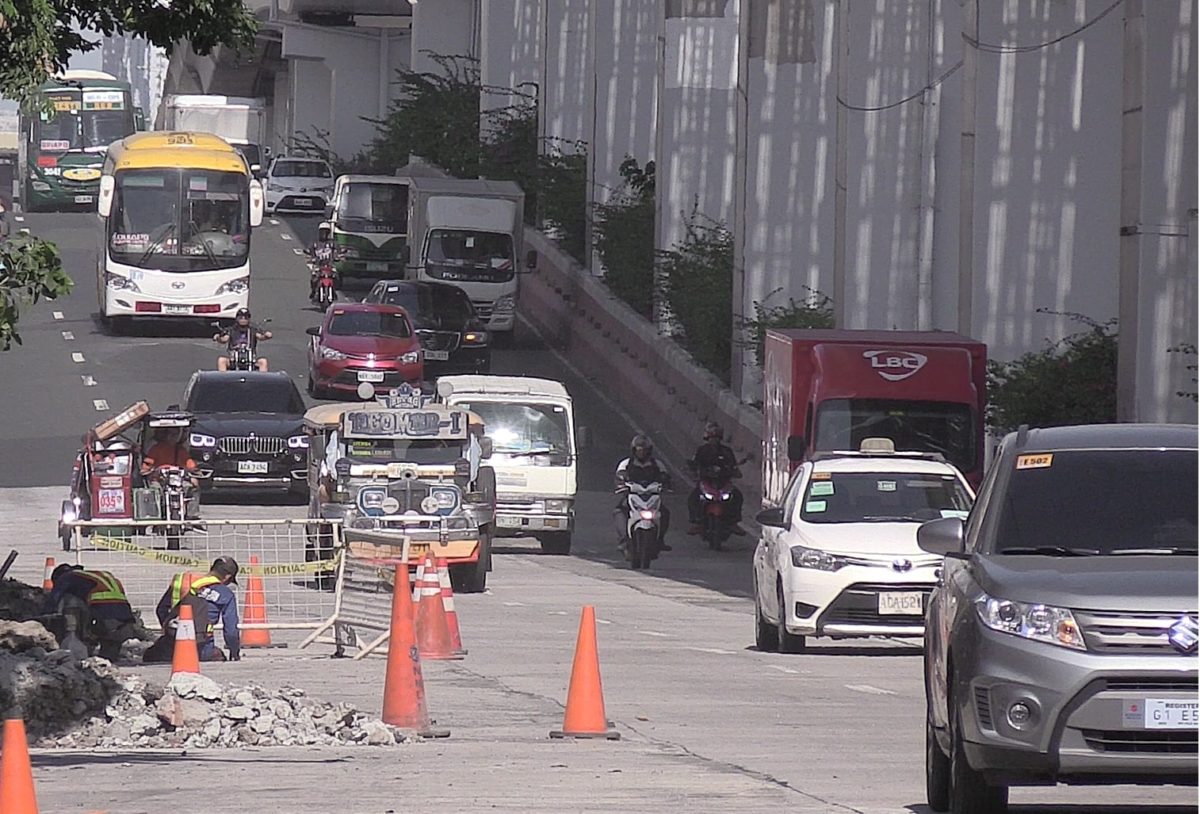Land Transportation Office (LTO) Chief Edgar Galvante said out of nine motor vehicle inspection centers (MVICs) in the country, the one in Alaminos, Laguna is the only one that works, albeit partially.
MVICs test a public utility vehicle’s roadworthiness using state-of-the-art motor vehicle inspection system (MVIS).
Galvante said this during a public hearing on road safety headed by the House Committee on Transportation in June.
STATEMENT
“On the process of motor vehicle inspection, Galvante admitted there is much to be desired, because out of so many motor vehicle inspection systems (MVIS) available, only one MVIS is presently working, and only partially, at that.
‘But we are in the process of procuring mobile MVIS, which will then be distributed to different regions,’ he said.
For his part, Rep. Rozanno Rufino Biazon (Lone District, Muntinlupa City) asked Galvante how the inspection of motor vehicles could possibly be done with only one MVIS functioning, and which is located in faraway Alaminos, Laguna.
Galvante replied that inspection of motor vehicles is presently being done manually by evaluators.”
Galvante also admitted this before the Senate three months earlier, during the inquiry on the Tanay bus crash, which killed 15 individuals.
“MR. GALVANTE. … iyong ating present na MVIS daw ay kumbaga ay obsolete na po kaya ang nire-recommend nila ay bumili na po ng bago na mas advanced ang kakayahan (Our present MVIS is what you would call “obsolete,” that’s why the recommendation is to acquire a new system with advanced capabilities).
SEN. EJERCITO. …So nine na MVIS, ibig sabihin ho ba noon wala na ho sa kanila ang operational at this time (So there are nine MVIS, and not one is operational at this time)?
MR. GALVANTE. Sa ngayon po ang medyo katanggap-tanggap ang operasyon ay iyon pong nasa Alaminos, Laguna. At in fact, ito po ay nagsi-serve sa almost all of Southern Luzon, kaya talaga pong kulang po iyong ating equipment para dito (Presently, only the one in Alaminos, Laguna has acceptable operations. In fact, this serves almost the entire Southern Luzon, so the equipment is really lacking).”
(Source: Transcript of Senate Committee on Public Services hearing, March 14, 2017)
FACT
Is there a working motor vehicle inspection center in the country?
No, there is none.
All nine are non-operational, even the one in Alaminos, Laguna, contrary to what Galvante told lawmakers.

A driver positions his jeepney for the final step, the inspection of the undercarriage. This is done manually by LTO’s inspectors.
The Alaminos MVIC has relied on visual and manual inspection since 2016.
Equipment used to test the roadworthiness of public utility vehicles were beginning to break down, when Dyon Dacpanao stepped in as chief of the Alaminos MVIC in 2014. In 2015, everything stopped working. (See Vehicle inspection centers riddled with levels of malfunction)
The North MVIC located inside the main office of LTO in Quezon City on the other hand only has a functioning emission tester.
In 2006, the Department of Transportation and Communication allotted over P332 million to rehabilitate existing MVICs and build additional ones. The funds were sourced from the Special Vehicle Pollution Control Fund. This is one of four special funds under the Motor Vehicles Users Charge, also known as the road tax.
BACKSTORY
LTO rules mandate that several apparatus must be used to evaluate the different parts of a vehicle to test if it’s safe to run on Philippine roads.
To test brake efficiency, steel rollers are used to compute the reaction time of a vehicle’s brakes. Light testers measure the brightness and height of the hazard, brake and headlights.
A sonometer analyzes the sound level of a vehicle’s horn to determine if it is within the prescribed decibel. The undercarriage is tested by shaking the vehicle through a machine. A weighing scale records the vehicle’s mass.
Vehicles are “graded” at every test to determine its roadworthiness. The inspector reviews 63 items indicated in the motor vehicle inspection report. If a vehicle does not pass even one of the seven tests or if there’s a problem with just one part, the LTO will give it a failing mark.
The report is to be encoded and stored in LTO’s database for easy monitoring. The computer interconnectivity system for the MVIS has also stopped working.
Sources:
House of Representatives News Release. House to transport agencies: go back to basics to avoid road crashes. June 28, 2017
Transcript of Senate Committee on Public Services hearing, March 14, 2017
Commission on Audit, Report on the sectoral performance audit of the Motor Vehicle Users Charge from 2006-2008






